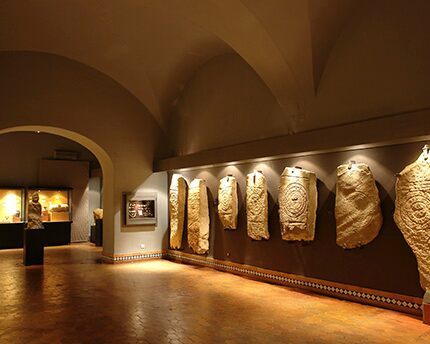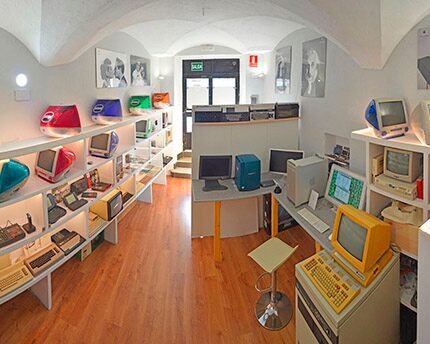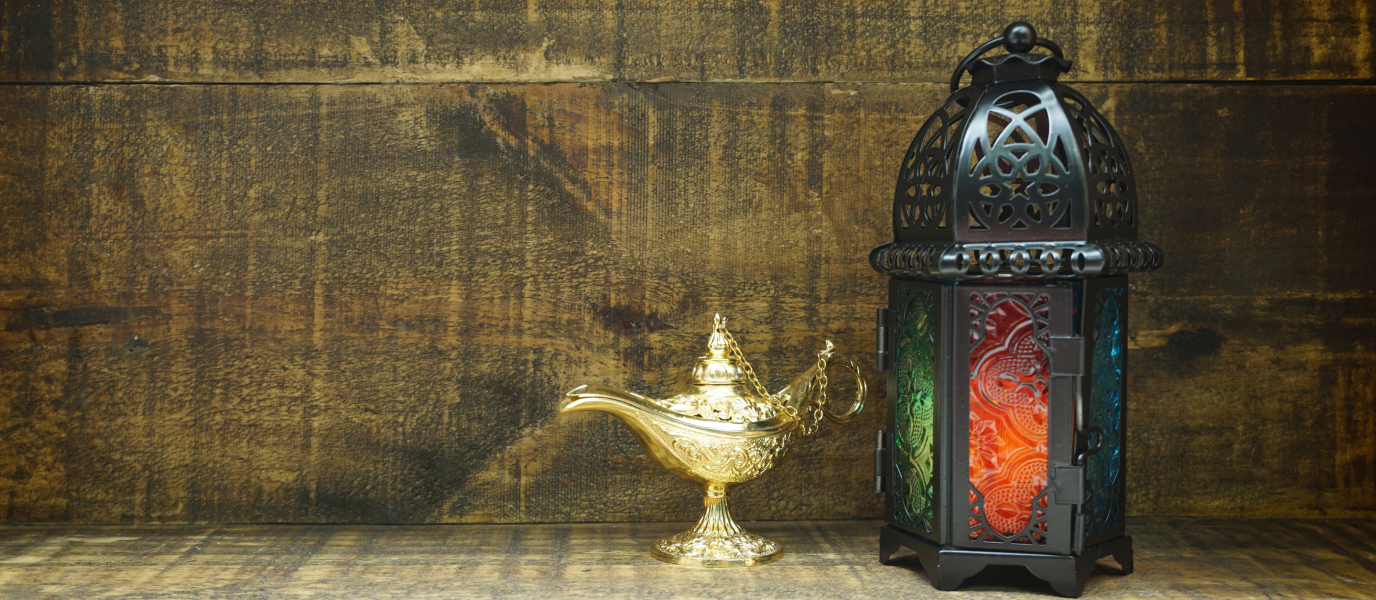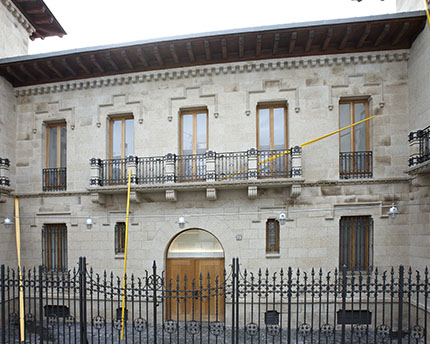The old town of Cáceres has been designated a ‘Monumental City’, and with good reason. Declared a UNESCO World Heritage Site in 1986, it encompasses the whole old quarter inside the wall.
One of the most important areas is the San Mateo quarter, formed by three squares: Plaza de San Mateo, Plaza de San Pablo – home to the stunning Palacio de la Cigüeña – and Plaza de Las Veletas. This is where you will find Palacio de las Veletas and Casa de los Caballos, two historical buildings that form the Cáceres Museum.
The site is steeped in history. The former Almohad fortress stood here and remains from the period have survived to the present day, such as the impressive cistern. Cáceres Museum is a must-see. It is architecturally fascinating and houses one of the most highly regarded archaeology, ethnography and art collections in Extremadura.
Cáceres Museum: an extensive collection in a monumental building
There is only one museum in Extremadura that houses exhibits ranging from the Palaeolithic Age to Contemporary Art. Cáceres Museum is state-owned but is managed by the Regional Government of Extremadura, which plays a key role in promoting the province’s immense cultural heritage. The first thing to catch your attention is the museum buildings. The main building is Casa de las Veletas, which includes the archaeology and ethnography sections.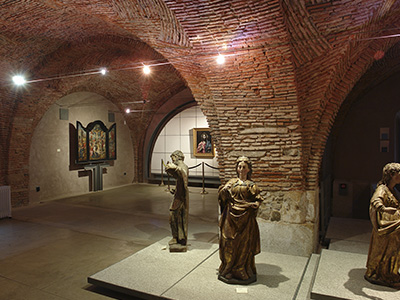
This was probably the site of the Moorish fortress in times gone by, although the current appearance reflects the work of Lorenzo de Ulloa, who fully refurbished the building around the year 1600. An impressive courtyard welcomes visitors with its Tuscan columns. In the 18th century, the house was redesigned by Jorge de Cáceres y Quiñones. He added the present-day façade which bears the coats of arms of families of Cáceres and is crowned by a graceful balustrade adorned with pinnacles.
The fine art collection is kept in Casa de los Caballos, which was built in the 16th century next to Casa de las Veletas. It was originally used as the palace stables but was later converted into a private home. Before it became a part of the museum it was fully renovated, at the end of the 20th century, while keeping its identity. In 2003 a walkway was built between both buildings, joining them via a garden which was designed to display outdoor sculptures. This complex is worth visiting for the architecture alone.
The origins of Cáceres Museum
The museum’s origins date back to 1898, when it was decided to create an educational archaeological museum based on a collection – mostly featuring ancient coins – at a school next to the San Francisco Javier church. The collection grew with new acquisitions, donations, for example, from Vicente Paredes Guillén, and findings, such as the treasure discovered in the village of Aliseda.
A separate, larger building soon became necessary. The Palacio de los Golfines palace was initially considered an option, but Casa de las Veletas was the final choice. Cáceres Museum came into being in February 1933.
When Carlos Callejo Serrano became museum director, between the 1950s and 1970s, the museum really began to take shape. Key objects were added to the collection and the room layout was re-designed. In 1956 Serrano also discovered the cave paintings in Maltravieso Cave (Link: Maltravieso Cave), one of the most significant collections of Palaeolithic art in Extremadura. The interpretation centre is now part of Cáceres Museum.
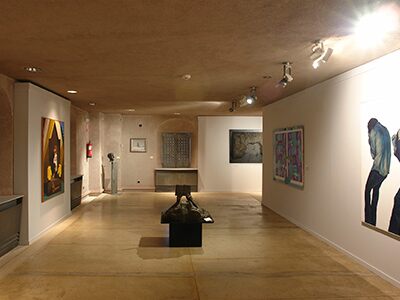
In 1992, the fine art sections were moved to Casa de los Caballos and shortly after the garden was remodelled to join both buildings. Here you can take in the history behind the heritage of Extremadura all in one place.
Visit the permanent exhibition and the cistern in Cáceres Museum
The rooms are in chronological and logical order. The tour takes you around:
- Archaeology section. There are eight rooms. The first covers the Palaeolithic and Neolithic Ages and Megalithic art. The second room focuses on the Copper Age and the third room contains items from the middle of the Iron Age. Rooms four and five deal with Rome, displaying findings and remains discovered in Cáceres, including the beautiful Mosaic of the Three Graces. The sixth room takes you through Late Antiquity, focusing on the Visigoths. The last two rooms display Roman epigraphy, with funerary and votive inscriptions.
- Ethnography section. The six rooms in Casa de las Veletas teach you about the origins of agriculture and livestock farming, different trades throughout history, traditional dress and religious beliefs.
- The cistern of Cáceres. Before you exit Casa de las Veletas you must visit the only remains from Moorish times at this site. It is hidden underneath the cloister and it is breathtaking. This cistern is a complex feat of engineering dating from the 10th-11th It is 14 metres long and is formed by five naves separated by barrel vaults and horseshoe arches. The fact that it still stores water is mind-boggling.
- Fine art section. The fine art collection is in Casa de los Caballos. It spans two rooms and is the result of acquisitions by Cáceres Museum and loans from the Prado Museum. The first room displays works from the 14th-19th centuries, with major works such as ‘Jesús Salvador’, by El Greco, and works by great 19th century Spanish painters, including José Alcázar Tejedor. The other room features 20th century art by famous painters such as Pablo Picasso, Joan Miró, José Guerrero and Oscar Domínguez. The perfect finishing touch to a tour around the most comprehensive museum in Cáceres.





























































